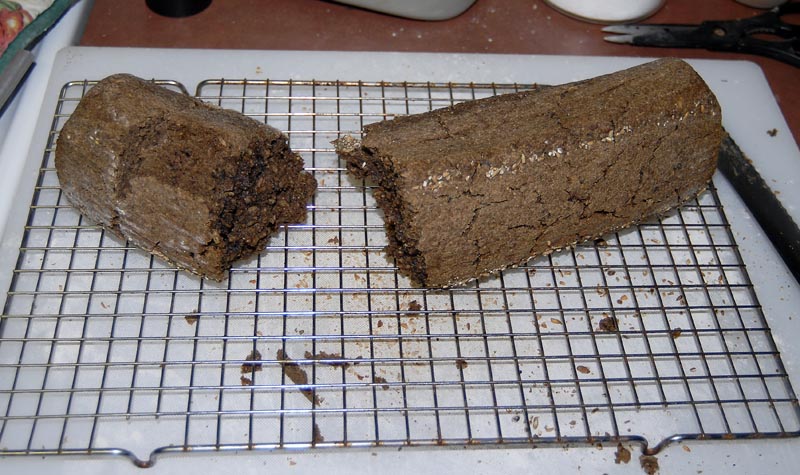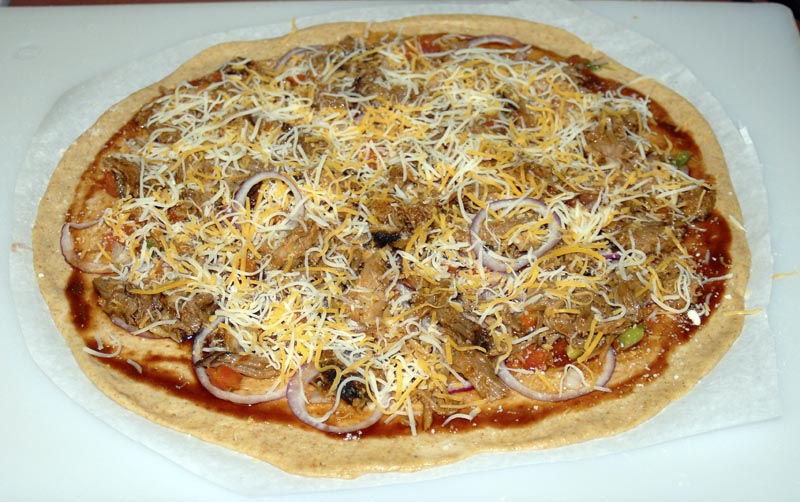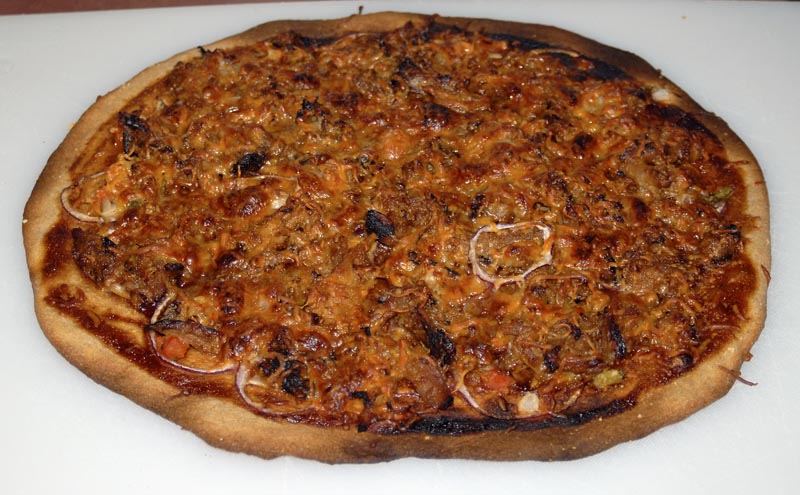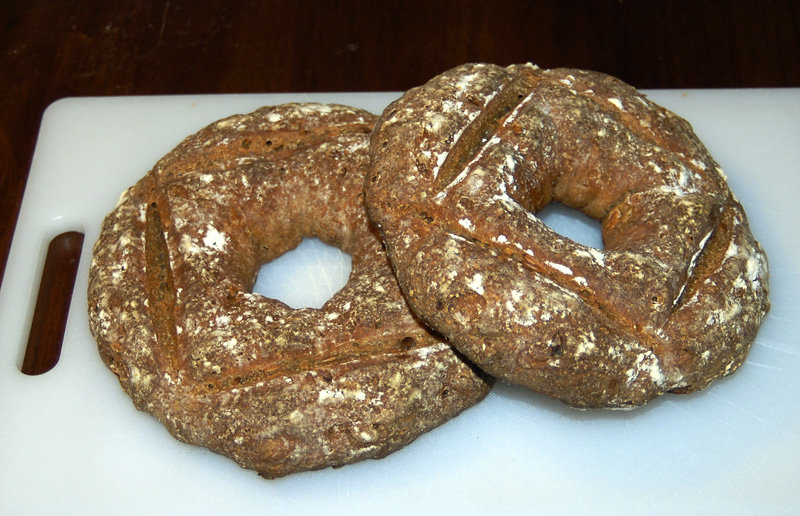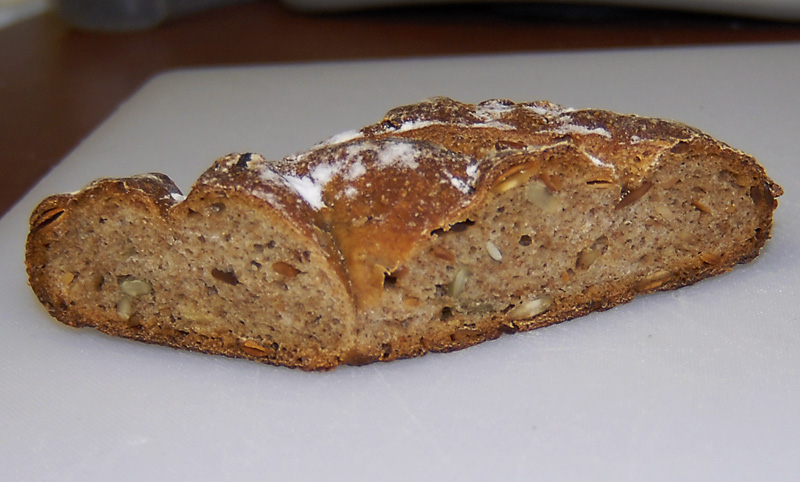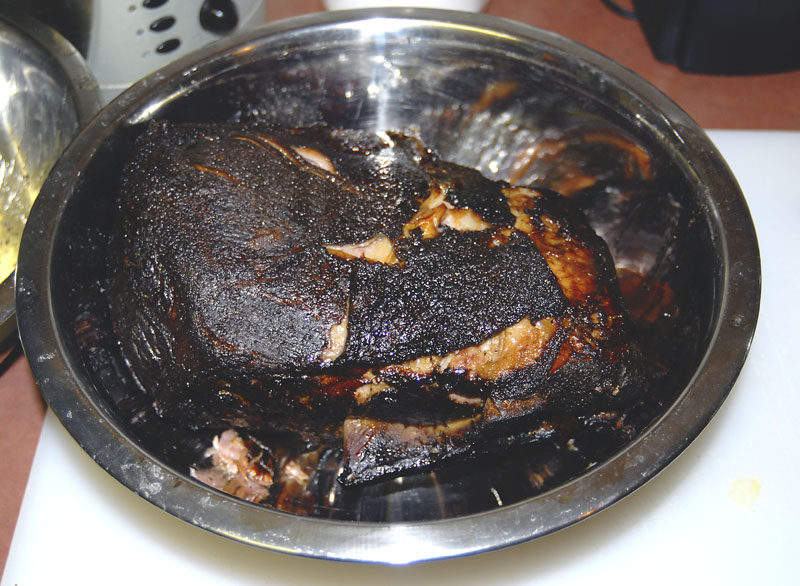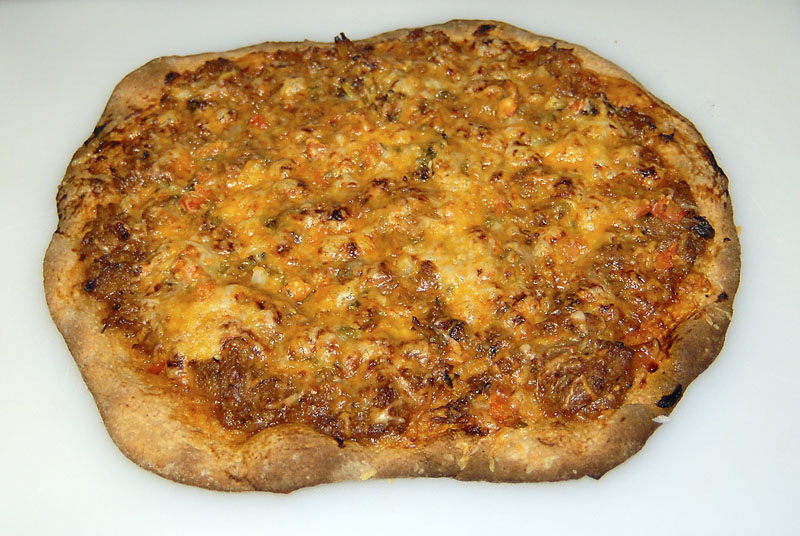[ITJB Challenge] Week 2 - Florentine Cookies
These were tasty, I enjoyed the chewy butterscotch and chocolate. I have to agree that I liked them just as much without any chocolate at all. I think if I were to do it again, I'd get some orange-infused bittersweet chocolate for them - my 66% bittersweet/33% milk choc. was too sweet IMO -- I liked the Mohn bars better.
Baking Notes:
